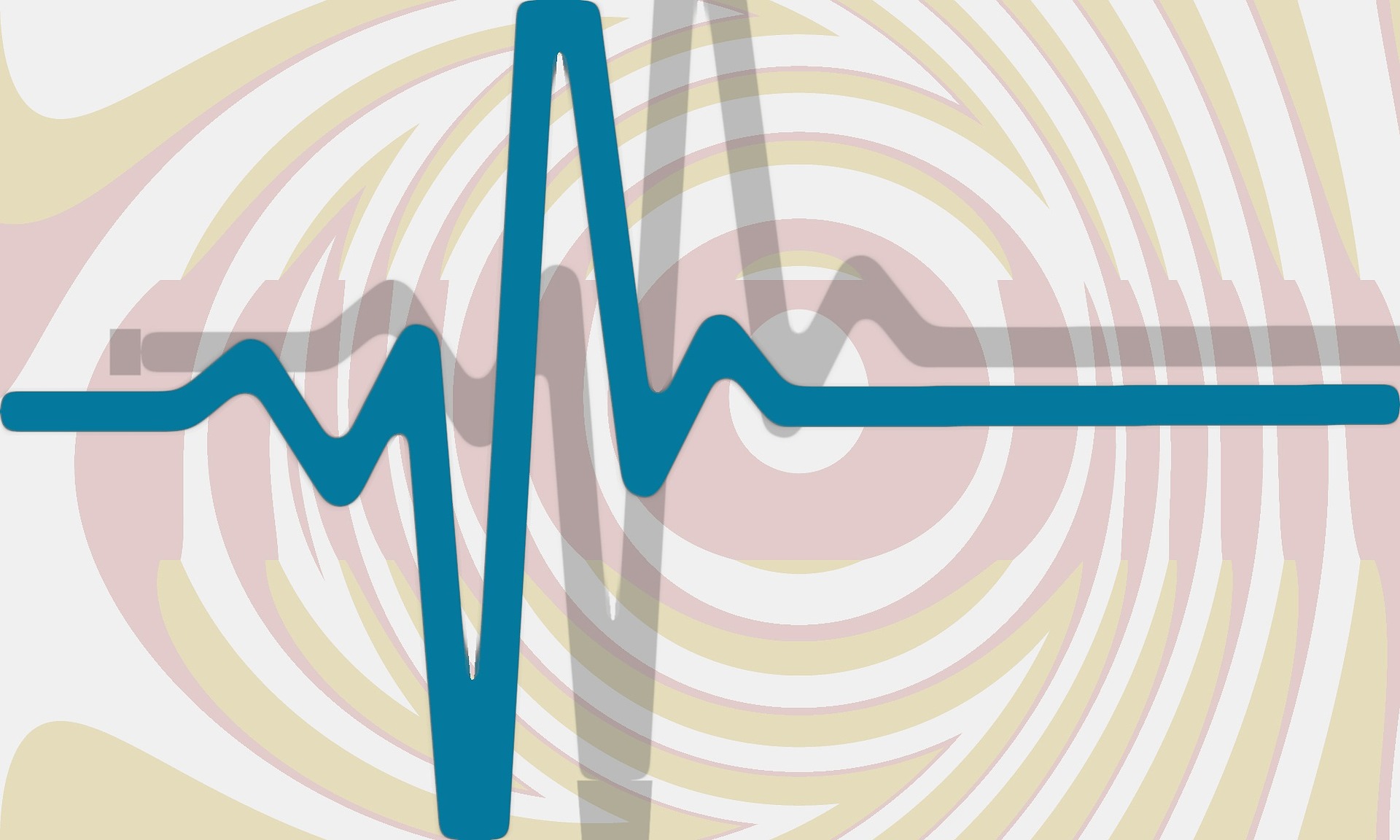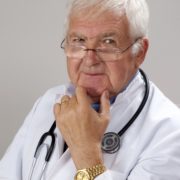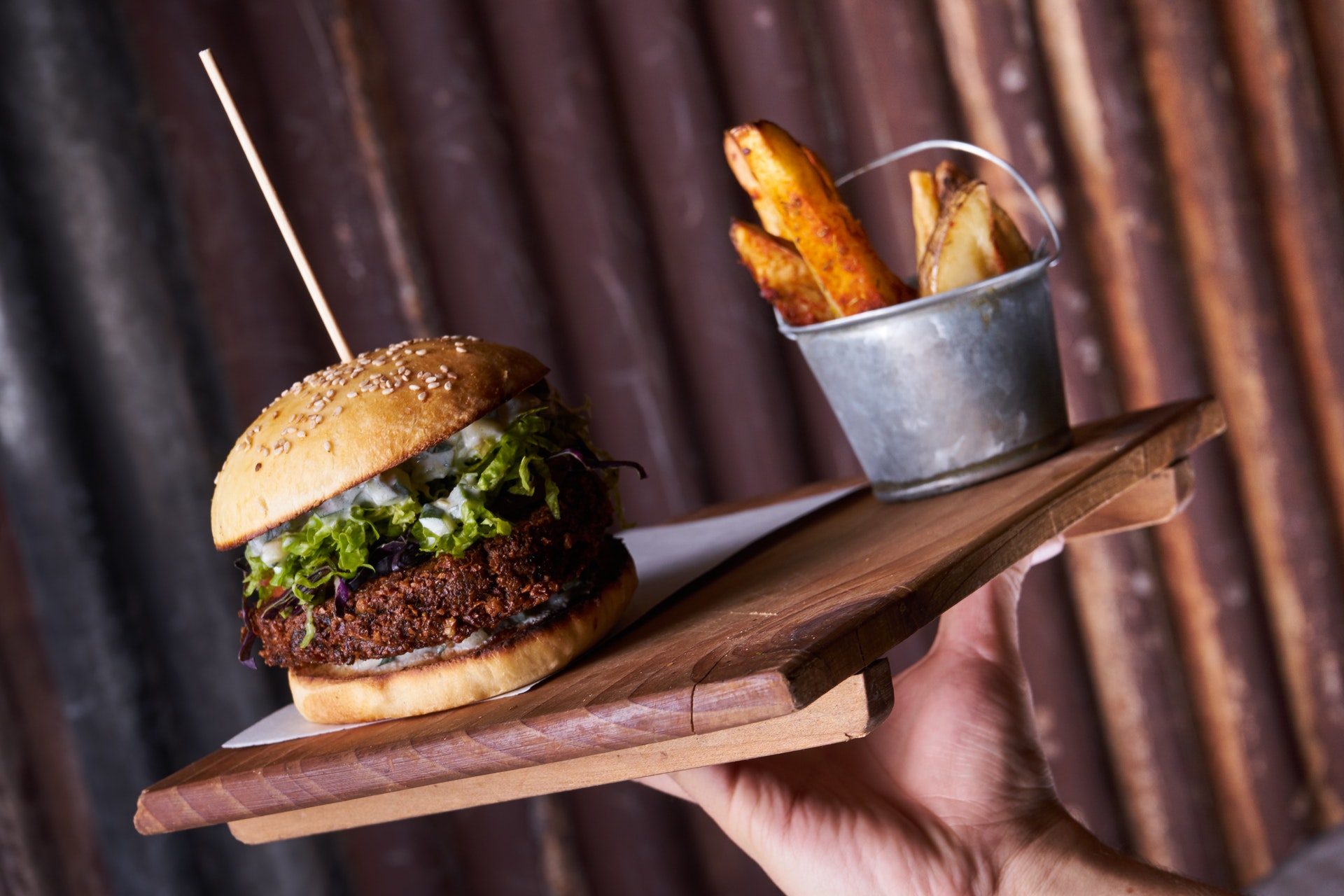Extend Your Healthy Longevity – Twelve Things That May Be Accelerating Your Aging – Part Two of a Three-part Series.

Thanks for your feedback on the first article in this three-part series. A special thanks to loyal reader, Roger Knisely, for suggesting that I “flip the script”. So I’ve changed the headline and will try to put a more positive spin on the next eight items over the next two weeks.
Here are four more age accelerators for your consideration:
- Sticking to the S.A.D – Standard American Diet. I’m a bit of a snit when it comes to how bad our nutrition awareness is in our culture. I fear that our abundance is killing us, especially in the food area. I believe we can argue that we are, literally, eating ourselves to early deaths.

Let me have better authorities than me do the talking about this since you may be tired of my tirades.
Food journalist and author, Bee Wilson, published this article in The Guardian that says it better than I can. It’s a long article so just in case it’s more than you want to read, here are a few extracts that get to the core message (bolding is mine).
“For most people across the world, life is getting better but diets are getting worse. This is the bittersweet dilemma of eating in our times. Unhealthy food, eaten in a hurry, seems to be the price we pay for living in liberated modern societies. It makes no sense to presume that there has been a sudden collapse in willpower across all ages and ethnic groups since the 1960s.”
“What has changed most since the 60s is not our collective willpower but the marketing and availability of energy-dense, nutrient-poor foods. Some of these changes are happening so rapidly it’s almost impossible to keep track. Sales of fast food grew by 30% worldwide from 2011 to 2016 and sales of packaged food grew by 25%. Somewhere in the world, a new branch of Domino’s Pizza opened every seven hours in 2016. You can measure this life improvement in many ways, whether by the growth of literacy and smartphone ownership, or the rising number of countries where gay couples have the right to marry. Yet our free and comfortable lifestyles are undermined by the fact that our food is killing us, not through lack of it but through its abundance – a hollow kind of abundance”
 One of the most vocal critics of our food system is physician Dr. Michael Greger of Nutritionfacts.org. In an article just this week he wrote the following:
One of the most vocal critics of our food system is physician Dr. Michael Greger of Nutritionfacts.org. In an article just this week he wrote the following:
“Most deaths in the United States are preventable and related to nutrition. According to the most rigorous analysis of risk factors ever published, the Global Burden of Disease study, funded by the Bill and Melinda Gates Foundation, our diet is both the number-one cause of death and the number-one cause of disability in the United States, having bumped smoking tobacco down to number two. Smoking now kills about a half-million Americans every year, whereas our diet kills thousands more.”
As in so many health-inducing solutions, the resolution is simple, but not easy. Renowned food author Michael Pollan’s now-famous seven words illuminate the path: “Eat food, not too much, mostly plants.” You’ll find those pithy words, along with 80+ other life-saving nutrition-focused suggestions in his wonderfully simple and readable book “Food Rules”.
Our taste buds have been taken and held captive for decades by carefully engineered and designed combinations of sugar, salt and fat, designed by our global food industry to promote cravings rather than satiation. Our bodies are called on every day to fight a battle against this invasion. Maintaining the Standard American Diet is to lose this battle insidiously before our time should be up.
A largely plant-based diet can be the age decelerator.
2. Limited or no aerobic exercise and no strength training. “Aerobic exercise will give us life; strength training will make it worth living.” So says the late Dr. Henry Lodge, co-author of the life-altering best-seller “Younger Next Year”.
Last week, I suggested that we become better at understanding our biology. Fundamental in that understanding is that our cells need and crave oxygen.  The only way to increase the amount they get naturally is by getting our heart rate up.
The only way to increase the amount they get naturally is by getting our heart rate up.
Voila!! Exercise.
Dr. Lodge does a masterful job of bringing that complex process down to an understandable level. It was his explanation that motivated me to move a modest, sporadic exercise schedule to a six-day-a-week aerobic exercise routine of 45 minutes per day. If I miss it, I envision my cells shaking their fists. That motivates me to get on a boring upright bike or treadmill. Thank goodness for my Kindle!
Most people north of fifty shun resistance training/weight lifting. That’s for the younger set, they say – the tattoo and tanktop and lululemon hard-body crowd at 24-Hour Fitness. Dr. Lodge takes the opposite position. Strength training in your 30s or 40s is optional. At 50 and beyond it is imperative.
Why! There’s this condition that we all begin to contract in our late thirties called loss of muscle mass (commonly referred to as sarcopenia) that really accelerates when we reach fifty. There is no drug to treat it – you can only counter it by doing resistance training.
 I hope you’ll take this seriously. None of us want to end up that stooped, shuffling old person. I get it – exercise, especially strength training, is inconvenient, usually painful starting out and you won’t feel like the in-crowd at the local fitness shop or rec center. But without the strength-training component, we face extended morbidity and early frailty.
I hope you’ll take this seriously. None of us want to end up that stooped, shuffling old person. I get it – exercise, especially strength training, is inconvenient, usually painful starting out and you won’t feel like the in-crowd at the local fitness shop or rec center. But without the strength-training component, we face extended morbidity and early frailty.
Be sure to consult with your physician before starting and I suggest starting with a professional trainer who has worked extensively with mid-life and older clientele.
3. Being a hermit. A recent article in Medium.com contained an attention-getting sub-title: “Lonely people are 50% more likely to die prematurely than those with healthy social connections.” 
In 2016, the AARP Foundation announced that the health risks of prolonged isolation are equivalent to smoking 15 cigarettes a day.
Our wi-fi connections are getting better but our personal connections are going south, especially when we enter into the post-career phase of our lives. The promotion of full-time, leisure-based retirement steers starry-eyed retirees into “golden years” that often evolve into “lonely years.” We retire, we move away from our roots, friends move away, we become generally less-socially active. The expectation that our “work playmates” will “stay in touch” doesn’t happen. Health issues may cause us to restrict our ability to travel to maintain our social engagement.
The AARP study revealed:
-
- 17 percent of American adults 65 and older are isolated
- Research shows a 26 percent increased risk of death due to a subjective feeling of loneliness
- 6 million adults 65 and older have a disability that prevents them from leaving their homes without help
- 51 percent of people 75 and older live alone
Building and maintaining an active, positive, sustaining, and available network of people requires a pro-active approach. Here’s a link to a brochure that has a self-assessment checklist to gauge your risk of isolation and its effects.
4. Be done with learning. Some time ago, I did some research for a Toastmaster speech on the “state of reading” and was surprised by what I found.
-
- Approximately 39% of high school never read another book after graduation.
- Approximately 42% of college graduates never read another book after graduation.
- 95% of books read in the U.S. are read by 5% of the population.
I have a college-degreed, septuagenarian friend who proudly boasts of having never read a book since graduating from college. For him, and the many like him, I offer up this wisdom for consideration:
 “In a world that is constantly changing, there is no one subject or set of subjects that will serve you for the foreseeable future, let alone for the rest of your life. The most important skill to acquire now is learning how to learn” John Naisbitt
“In a world that is constantly changing, there is no one subject or set of subjects that will serve you for the foreseeable future, let alone for the rest of your life. The most important skill to acquire now is learning how to learn” John Naisbitt
“Anyone who stops learning is old, whether twenty or eighty. Anyone who keeps learning today is young. The greatest thing in life is to keep your mind young. ” Henry Ford
Charlie Munger, Warren Buffett’s partner of 40 years, says there’s one quality of Buffett’s that he holds in especially high esteem: his ability to be a lifelong “learning machine”. At 89, Buffett still spends 5 hours a day reading – often up to 500 pages a day.
Today, we are the benefactors of new knowledge about your brains. Dr. Roger Landrey, preventive medicine physician, former Airforce flight surgeon and author of “Live Long, Die Short: A Guide to Authentic Health and Successful Aging points out that
” Atrophy of the brain used to be viewed as a side effect of aging. Now, we know this may simply be a lack of use.”
If we don’t use it, we lose it.
Dr. Landry goes on to say:
” When we use the skills and knowledge we have, the many connections in the brain remain in the best shape they can be. Don’t use them, and they become more difficult to use through a process known as synaptic pruning, in which the brain atrophies in areas where these functions are rarely used. Neuroplasticity and effective neurogenesis can only occur when the brain is stimulated by environment or behavior.”
It’s encouraging to see the trend line in adult learning turning up. Boomers are awakening to the benefit of continued learning. The evidence of this is showing in the increased enrollments in adult learning classes at universities and community colleges and the many online learning communities such as Senior Planet, Osher Lifelong Learning Institutes (OLLI), Coursera, Udemy, and others.
The choice to stop learning is a choice that says “I’m done.” As Strategic Coach founder Dan Sullivan says: “It’s a signal to the universe that you are preparing to send your parts back.”
Four more aging accelerators to come next week. Thanks for your feedback. Please let me know your thoughts on these four – or on the series so far – by scrolling down and leaving a comment.
Also, if you haven’t, subscribe to our weekly newsletter at www.makeagingwork.com and receive a copy of my free ebook entitled “Achieve Your Full-Life Potential: Five Easy Steps to Living Longer, Healthier, and With More Purpose.”


 But one thing is certain. Like anything else, if I don’t set the goal, I for sure won’t get there. So what if I miss it by 5 or 10 years? It beats buying into only living to the average U.S.male lifespan of 78.69 years. Especially when you are 77.5, which I am.
But one thing is certain. Like anything else, if I don’t set the goal, I for sure won’t get there. So what if I miss it by 5 or 10 years? It beats buying into only living to the average U.S.male lifespan of 78.69 years. Especially when you are 77.5, which I am.
 Culturally, we’ve been taught to wind down as we age, to come in for a landing after several decades of flying high. A mindset that suggests another take-off and moving into a future that could be bigger than a high-achieving past is foreign to us when, in fact, we are in an ideal position to make our future bigger. Maybe not in title; maybe not in money; maybe not in culturally-perceived prestige. But we can bring and pay forward our talents and acquired skills and experiences to serve others in transformational ways that exceeded what we did in our past.
Culturally, we’ve been taught to wind down as we age, to come in for a landing after several decades of flying high. A mindset that suggests another take-off and moving into a future that could be bigger than a high-achieving past is foreign to us when, in fact, we are in an ideal position to make our future bigger. Maybe not in title; maybe not in money; maybe not in culturally-perceived prestige. But we can bring and pay forward our talents and acquired skills and experiences to serve others in transformational ways that exceeded what we did in our past.



 So why am I sounding an alarm here?
So why am I sounding an alarm here? interact/interface/intertwine? Do you know the key biomarkers of your health and where yours are? How conscious are you of the insidious nature, positive and negative, of your current habits and the role they play in your long-term health? We exist inside of a 24×7 immune system of 35 trillion cells that are working hard to keep us healthy despite how we ignore and mistreat them. The knowledge to know how to provide them what they need to do their jobs has existed for a long time, but we give it up to complacency and convenience. That is, until a calamity hits.
interact/interface/intertwine? Do you know the key biomarkers of your health and where yours are? How conscious are you of the insidious nature, positive and negative, of your current habits and the role they play in your long-term health? We exist inside of a 24×7 immune system of 35 trillion cells that are working hard to keep us healthy despite how we ignore and mistreat them. The knowledge to know how to provide them what they need to do their jobs has existed for a long time, but we give it up to complacency and convenience. That is, until a calamity hits. P.S. You might get pushback from your doc. Here’s why: what you are asking of them doesn’t fit the corporate model that they have stepped into if they are part of a large health system or large consolidated practice. Expectations on the part of the system or practice are to see as many patients a day as possible. Follow the money. The more visits, the more insurance payouts. Someone like you with your questions and requests take time that your doc may want to take with you but be forced to avoid because of insurance restrictions and health system expectations. Plus a lot of what you will want to know and discuss doesn’t translate into the boxes in the electronic medical record that your doc has his nose in throughout your entire meeting. You are creating more “paperwork” for an already overburdened doc. It’s your health – don’t let all that get in the way.
P.S. You might get pushback from your doc. Here’s why: what you are asking of them doesn’t fit the corporate model that they have stepped into if they are part of a large health system or large consolidated practice. Expectations on the part of the system or practice are to see as many patients a day as possible. Follow the money. The more visits, the more insurance payouts. Someone like you with your questions and requests take time that your doc may want to take with you but be forced to avoid because of insurance restrictions and health system expectations. Plus a lot of what you will want to know and discuss doesn’t translate into the boxes in the electronic medical record that your doc has his nose in throughout your entire meeting. You are creating more “paperwork” for an already overburdened doc. It’s your health – don’t let all that get in the way.

 are being published each year worldwide – well, my sanity is up for question.
are being published each year worldwide – well, my sanity is up for question.


 Have any of them expressed concern or interest in the current destruction and burning of the lungs of our planet to graze more four-legged saturated-fat-factories?
Have any of them expressed concern or interest in the current destruction and burning of the lungs of our planet to graze more four-legged saturated-fat-factories?
